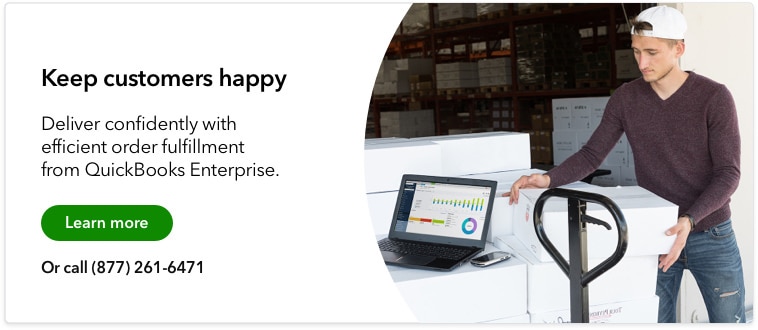Fill rate is the percentage of customer orders that your business can ship right now, without any backorders, stockouts, or missed sales. To find your fill rate, simply divide the number of orders shipped by the number of orders placed and multiply by 100.
Calculating your fill rate isn’t just an exercise in number crunching—it gives you crucial insights into how well you’re meeting customer demand. In this article, you’ll learn how to calculate your fill rate and how you can use this metric to optimize your inventory management processes. But first, let’s cover the basics.












